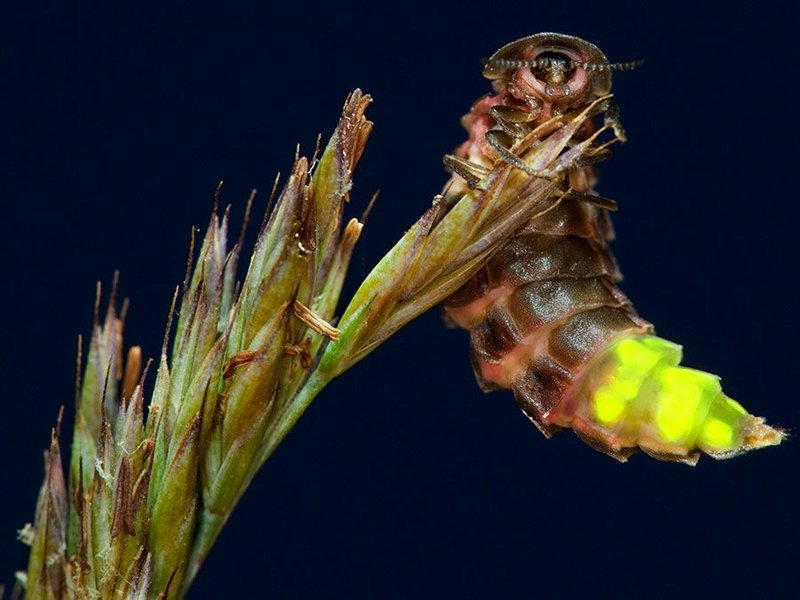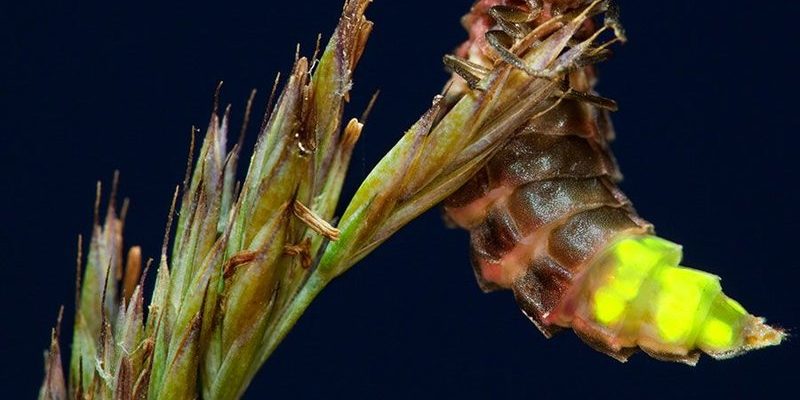
So, what exactly do we mean when we talk about the seasonal behavior patterns of glowworms? Well, think of glowworms as nature’s little lightbulbs, each having a personality influenced by the time of year. Their glow and activity patterns can tell scientists a lot about their health and the ecosystem as a whole. Let’s dive into the enchanting world of glowworms and explore how they adapt and perform differently throughout the year.
Understanding Glowworms: The Basics
Before we get into the nitty-gritty of their seasonal behaviors, let’s clarify what glowworms actually are. While the term “glowworm” can refer to several different species, most commonly we think of *Lampyridae*, which are part of the firefly family. These insects are known for their bioluminescence – that beautiful glow – which they use to attract mates and lure in prey.
The glow comes from a chemical reaction in their bodies, a process that’s both fascinating and efficient. This bioluminescence isn’t just about looks; it plays a crucial role in their life cycle and survival strategy. The light produced is often a signal for reproduction, but it can also serve to entice unsuspecting prey. If you’ve ever seen a glowworm’s light twinkling in the darkness, you know just how enchanting it can be!
But, like many creatures in the wild, glowworms are influenced by their environment. Their behavior changes with the seasons, affected by factors such as temperature, humidity, and the availability of food. Let’s look more closely at how these changes play out.
Spring Awakening: The Start of Activity
As spring rolls around, it’s like a curtain rises for glowworms. With warmer temperatures and increased humidity, they begin to emerge from their winter dormancy. This is a crucial time for them, as they start their life cycle anew. The increase in insect activity in spring means that there’s more food available, allowing glowworms to feast on smaller insects like gnats.
During this season, you might notice that glowworms become more visible, illuminating dark caves or forested areas as they attempt to attract mates. Males will flutter about, using their light to signal their presence to nearby females. This is a dance of sorts, where the right glow can lead to successful reproduction. It’s like a signal that says, “Hey, I’m here, and I’m ready to start a family!”
Spring is just as much about building a suitable habitat. Glowworms begin to prepare their silk threads, which they use to catch prey. They skillfully create sticky webs that shimmer in the dim light, representing their resilience and adaptability.
Summer: Intense Activity and Reproduction
In summer, glowworms hit their peak. The warm weather and increased daylight hours mean they have more time to forage and mate. Their glowing lights become even brighter and more frequent as they signal their readiness to reproduce. This season is all about maximizing their chances of passing on their genes.
During this time, the competition among males heats up as they try to outshine one another. It’s not just about brightness; the pattern of flashes can also indicate health and vigor. You might be wondering—how exactly do glowworms know when to mate? Well, they rely on environmental cues, like temperature and humidity, combined with their internal biological clock. This delicate balance is crucial for their survival.
Additionally, summer is prime time for studying glowworm behavior. Researchers often conduct field studies to observe changes in light patterns and mating behaviors. These observations can reveal how environmental factors affect glowworms, providing insights into their ecological roles.
Autumn: Preparing for Change
As summer transitions into autumn, glowworms begin to prepare for the colder months ahead. Their activity levels start to decline, signaling a shift in behavior. Just like how some people begin to stock up for winter, glowworms will focus on gathering food and energy reserves during this time.
You might see fewer glowworms lit up at night. This is part of their routine, as they start to conserve energy. The days get shorter and temperatures drop, which means they have to adapt. Some glowworms will enter a state of dormancy, slowing down their metabolism to survive until spring arrives again.
Interestingly, autumn is also a time of reflection for these insects. As they prepare for winter, researchers can gather valuable data on their population dynamics, health, and vulnerability to environmental changes. Studying this period gives us crucial insight into how climate change might affect glowworm populations in the future.
Winter: A Dormant Period
Winter is the time when glowworms go largely unseen. Many species enter a state of dormancy, slowing down their metabolic processes to survive the cold. This isn’t a time of complete inactivity; rather, it’s more like a long nap. During these months, the glow of these insects is dimmed, but it’s not extinguished entirely.
In studying glowworm populations, researchers have found that those in colder climates might face challenges in maintaining their numbers. The lack of activity means they rely heavily on the previous season’s abundance of food. If conditions are too harsh, it could impact their survival and reproduction rates in the following spring.
While glowworms are tucked away during winter, their resilience is remarkable. Understanding their winter behavior patterns helps scientists develop conservation strategies for these enchanting insects. It’s crucial for protecting their habitats and ensuring they thrive come spring.
The Importance of Studying Glowworm Behavior
Examining the seasonal behavior patterns of glowworms isn’t just about appreciating their beauty; it’s also about understanding the health of our ecosystems. Glowworms are sensitive indicators of environmental changes, making them valuable for ecological research.
As their populations shift in response to climate change, we can learn a lot about the broader impacts on biodiversity. Field studies on their behavior patterns can help scientists predict how various environmental changes might affect other species, too.
By engaging in conservation efforts focused on glowworms, we’re also supporting the rich biodiversity that these insects are a part of. Not to mention, glowworms play a role in keeping insect populations in check, contributing to a balanced ecosystem.
Closing Thoughts
The seasonal behavior patterns of glowworms are not just a fascinating topic for researchers; they give us insight into the health of our environment. Through spring’s awakening, summer’s vibrancy, autumn’s preparation, and winter’s dormancy, these creatures remind us of nature’s delicate balance.
Next time you find yourself wandering through a darkened forest or cave, keep an eye out for those magical glows. Remember, they’re not just beautiful insects; they are indicators of the health of our planet. Understanding and protecting them ensures that future generations will also experience the wonder of glowworms.

